Want to decorate your home on a budget while making eco-friendly choices?
Shopping for second-hand home decor can save you up to 70% compared to buying new, help reduce waste, and even support your local community. Here’s how to find quality pre-owned items:
- Inspect materials and craftsmanship: Look for solid wood, hardwood frames, and tightly tied springs. Avoid particleboard and poorly constructed items.
- Check stability: Test for wobbly legs or loose joints.
- Spot quality details: Seek dovetail joints, natural fabrics, and maker’s marks for lasting value.
- Evaluate defects: Minor scratches or missing hardware are fixable, but avoid mold or severe damage.
- Plan your space: Measure dimensions and ensure the item fits your home.
Shopping second-hand not only saves money but also helps the planet by reducing waste. Stores like City Thrift even support community programs, making your purchase impactful. Start thrifting today!
Key Quality Markers for Second-hand Decor
When shopping for second-hand decor, knowing what to look for can help you make smarter choices. Here’s a guide to identifying quality pieces that will last.
Material and Build Quality Checks
The durability of second-hand decor often comes down to the materials and how well the piece is constructed. For wooden furniture, heavier pieces often indicate better craftsmanship and materials. When it comes to upholstered furniture, take a closer look under the cushions. High-quality pieces usually feature hardwood frames and tightly tied springs, which are signs of solid construction. Natural fabrics like silk, linen, or wool tend to age gracefully compared to synthetic alternatives.
“Get handsy – pick up and touch the item and inspect the material and the way it’s put together to see if it’s a quality piece. Pay close attention to any damage and how it’s constructed. If there is glue all around the seams, that’s never a good sign.” – Katie Zamprioli, Content Creator and Thrifting Expert
For metal decor, a simple magnet test can be helpful. Real brass won’t stick to a magnet, making it easier to spot authentic items. With leather goods, genuine leather often has a distinct earthy smell and develops a rich patina over time, while faux leather tends to crack or peel.
After confirming the build quality, check for any defects that might affect usability.
Common Defects and Repair Options
Not every flaw is a dealbreaker. Here’s a quick look at which issues are worth addressing and which should make you walk away:
| Defect Type | Worth Fixing? | Tip |
|---|---|---|
| Broken drawer runners | Yes | Replacement parts are often available online |
| Peeling veneer | Maybe | Depends on how extensive the damage is and what’s underneath |
| Mold | No | Best to avoid entirely |
| Wobbly joints | Case-by-case | Determine if it’s loose screws or structural damage |
“Whether it’s a broken drawer runner, stripped screws, chipped laminate – all can be repaired before refinishing. Products like Bondo and E6000 are life-savers, along with a good orbital sander.” – Cindy Rayner, Rehabber of Vintage Furniture
Once you’ve assessed the condition, shift your focus to design features that indicate lasting value.
Long-lasting Design Features
After confirming the piece’s structural integrity, look for design elements that stand the test of time. Quality joinery, such as dovetail or mortise-and-tenon joints, is a hallmark of superior craftsmanship. For upholstered furniture, cushions filled with down or down-wrapped foam tend to be more durable than pure foam.
“For upholstered pieces, like reading chairs for nurseries, I check under cushions for hardwood frames and hand-tied springs – these details signal quality.” – Alex Spielman, Interior Designer and Founder of The Little Things
When evaluating wooden furniture, press a fingernail into an inconspicuous area. High-quality wood resists denting. Also, keep an eye out for maker’s marks, stamps, or labels, as these can provide clues about the piece’s origin and craftsmanship.
8 Steps to Find Quality Second-hand Decor
These practical steps will guide you in securing well-made, second-hand decor while shopping.
1. Inspect Materials and Construction
Examine the materials and how the item is built. Steer clear of particleboard and plastics. Solid wood pieces should feel heavy and resist dents, indicating better durability.
2. Test Stability
Give furniture a light shake to check for stability. Wobbly legs or loose joints may point to structural problems. For items with drawers or doors, make sure they open and close smoothly and align properly.
3. Look for Manufacturer Marks
Search for maker’s marks inside drawers, underneath, or on the back of furniture. If you find a brand you don’t recognize, do a quick online search.
“Sometimes they are inside drawers, underneath, or on the back of the furniture. Whenever possible, research them on your phone if you aren’t familiar to see what kind of deal you’re getting. You should always snap a pic and run it through Google Lens to see if an item match pops up.”
- Alex Spielman, Interior Designer
4. Evaluate Repair Needs
Consider any repairs the item might need. Small issues like surface scratches or missing hardware are usually easy to fix. However, avoid pieces with water damage or major structural problems.
5. Stick to Timeless Designs
Opt for classic styles that won’t go out of fashion. Hand-carved wood with visible grain and sturdy joinery are great choices. Natural materials like silk, wool, or leather also tend to age better than synthetic ones.
6. Spot Vintage or Handcrafted Details
Keep an eye out for craftsmanship that adds value, such as:
- Hand-cut dovetail joints
- Mortise-and-tenon construction
- Original hardware
- Intricate hand-carved accents
7. Check Overall Condition
Take a close look at the item’s cleanliness, safety, and structural soundness. Use earlier tips on materials and quality to guide your assessment.
8. Measure and Plan Your Space
Before buying, measure your space and the item to ensure it fits. Consider factors like:
- Doorway clearances
- Room dimensions
- Traffic flow
- How does it complement your existing decor
Second-hand Decor: Benefits and Limitations
Buying second-hand decor comes with both perks and challenges, helping you make better choices when shopping.
Pre-owned items help cut CO₂ emissions and reduce waste. For example, Americans throw away over 10 million tons of clothing every year. Plus, buying used decor saves resources and reduces pollution from manufacturing.
“Purchasing already owned things is a tremendous relief for the environment.” – Jakob Wilmer
Beyond the environmental perks, second-hand decor is often much cheaper. In January 2025, interior designer Ashley Poskin revamped a Facebook Marketplace chair with just $15 worth of supplies, showing how minor repairs can keep costs down, even if some items need a little work.
While the benefits are clear, you should also consider the effort and potential repair needs involved.
Here’s a quick breakdown of the pros and cons:
| Benefits | Limitations |
|---|---|
| Better for the Planet: Cuts waste, conserves resources, and lowers CO₂ emissions | Takes Time: Finding the perfect piece can be time-consuming |
| Saves Money: Often much cheaper than buying new | May Need Repairs: Cleaning or small fixes might be required |
| Unique Finds: Access to rare, vintage pieces | Check Quality: Careful inspection is needed to ensure durability |
| Supports Communities: Helps local organizations when you shop |
“Thrift shopping is an easy and accessible way to reduce waste, support local communities, and minimize the negative environmental impact of the fashion industry.” – Greenwater Scientific
Look for items that only need simple fixes, like scratches or missing hardware. Materials like wool, silk, cotton, and leather are often easier to restore. Always make sure repair costs fit your budget before buying.
How City Thrift Supports Local Communities
When you shop at City Thrift, you’re directly contributing to programs that help people in need. Through its partnership with City Union Mission, your purchases help fund crucial services for individuals experiencing homelessness in Kansas City and nearby areas.
City Union Mission provides life-changing assistance, offering both immediate help and long-term support to those facing housing insecurity. Every service they offer is made possible, in part, by community contributions.
“By shopping at City Thrift, you can make a difference in your closet and your local community.” – City Thrift
Here’s how your purchases make an impact:
- Emergency Shelters: Safe and welcoming spaces for families and individuals without housing.
- Meal Programs: Nutritious food for those struggling to make ends meet.
- Stability Resources: Tools and guidance to help people build a better future.
Beyond helping individuals, your involvement strengthens the entire community. Donating items like home decor keeps the cycle of giving alive and supports these vital initiatives.
“The proceeds from the items you donate support life-changing programs at City Union Mission and truly make a difference in your community.” – City Thrift
Shopping at City Thrift not only helps you find great items for your home but also supports critical programs in Kansas City.
Smart Decor Shopping
Finding quality second-hand decor takes a bit of careful consideration. By paying attention to materials, construction, and timeless designs, you can discover items that elevate your home while reducing waste.
“You can pick up so much stuff, and almost anything you need you can buy at a thrift store“
This abundance highlights the importance of shopping with a focus on quality.
When browsing, look beyond surface appearances. Check for durable materials, solid construction, and functionality – especially for items like lamps or electronics.
The perks of second-hand shopping go beyond aesthetics. With Americans throwing away around 70 pounds of textiles each year, opting for pre-owned decor helps reduce landfill waste. Design expert Felicia Feaster emphasizes:
“Thrift stores are the ultimate in sustainability – they are a way to reuse and repurpose someone’s cast-offs and save them from the landfill”
Your choices also make a local impact. At City Thrift, every purchase not only enhances your space but also contributes to community programs.
Shopping for second-hand decor takes patience and a discerning eye. By evaluating each piece for condition, fit, and durability, you’ll find items that not only stand the test of time but also support a more sustainable way of living.
FAQs
How can I tell if second-hand furniture is well-made?
To identify well-made second-hand furniture, look for solid wood construction or high-quality veneer rather than particleboard. Check the joints – dovetail, mortise-and-tenon, or doweled joints are signs of skilled craftsmanship. For upholstered items, inspect the seams for straight stitching and ensure fabric patterns align properly. These details often indicate durability and care in the original design.
What are some easy ways to fix minor flaws in second-hand home decor?
Minor flaws in second-hand decor can often be fixed with simple techniques:
- Scratches on wood: Use a walnut or pecan to rub over light scratches, or try a stain marker that matches the wood color. For deeper scratches, apply wood filler, smooth it out, and touch up with matching stain or paint.
- Peeling veneer: Reattach peeling veneer with wood glue. Apply the glue evenly, press the veneer back into place, and clamp or weigh it down until it dries completely.
- Small nail holes: Fill tiny nail holes with plain white toothpaste or spackle. Smooth it out with a putty knife or your finger, and once dry, touch up with paint if needed.
These quick fixes can help restore charm to your thrifted treasures without breaking the bank!
Why should I think about the environment when buying second-hand home decor?
Choosing second-hand home decor is a great way to reduce your environmental footprint. By giving pre-loved items a new home, you help keep them out of landfills and cut down on the waste generated by discarded furniture and decor.
Additionally, buying second-hand reduces the demand for new production, which often requires significant natural resources and energy. It’s a simple, sustainable choice that not only benefits the planet but also allows you to find unique, high-quality pieces that add character to your space.

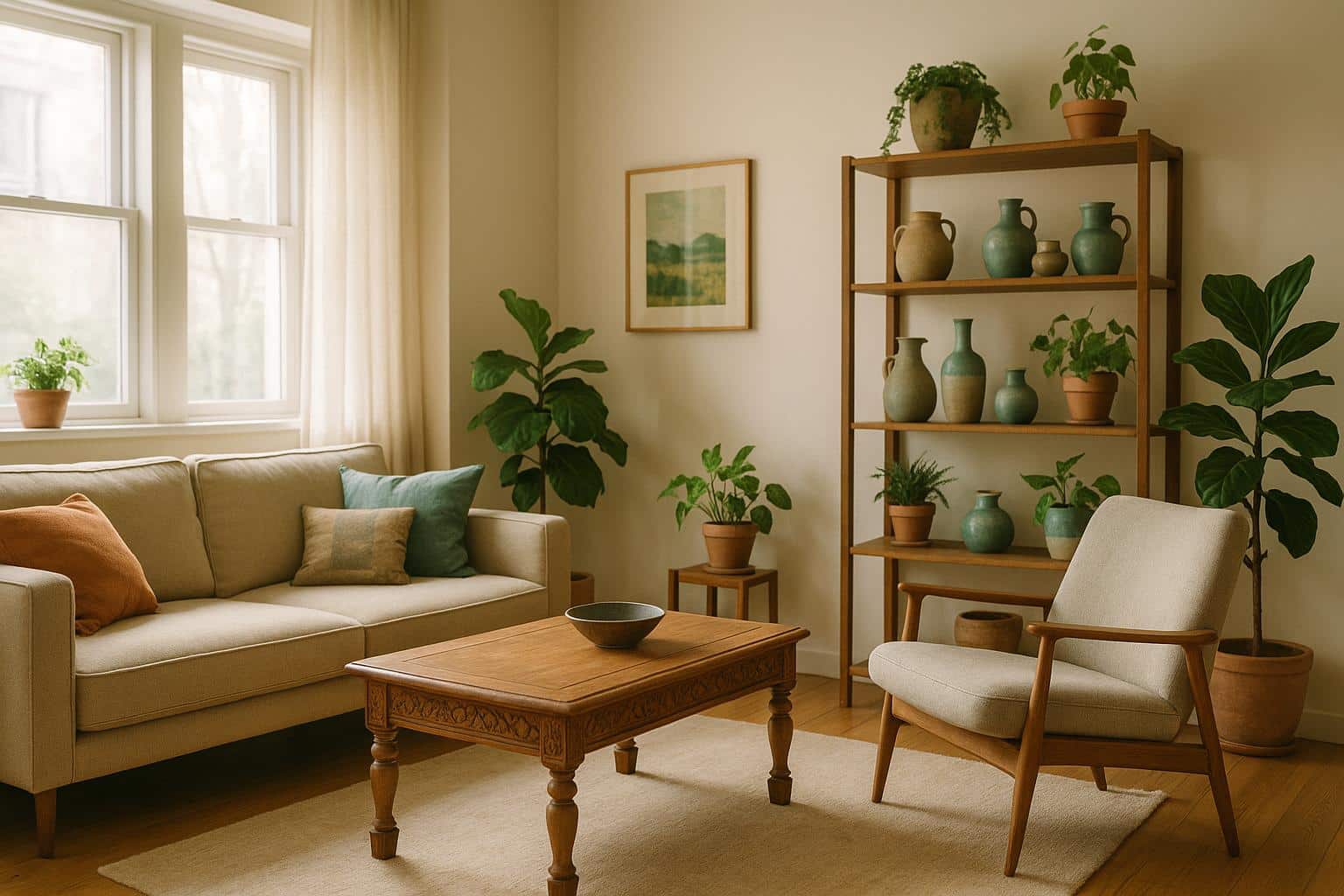
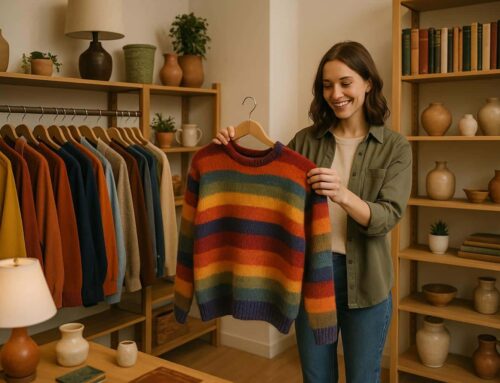
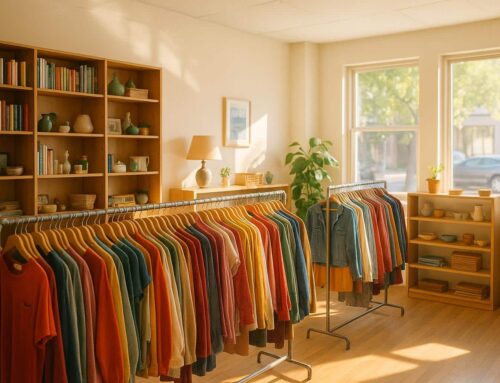
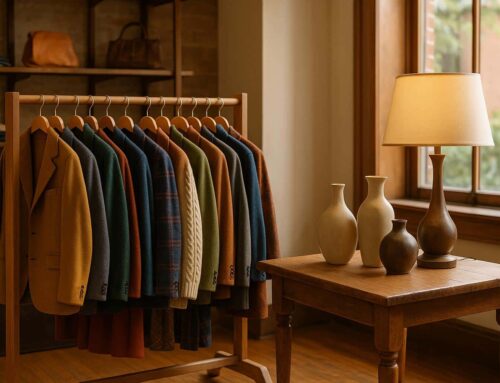
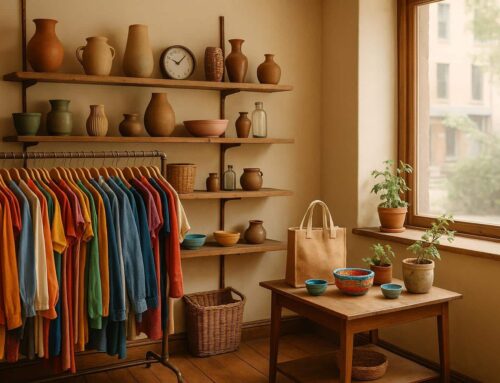

Leave A Comment